SUMMARY
This is AI generated summarization, which may have errors. For context, always refer to the full article.
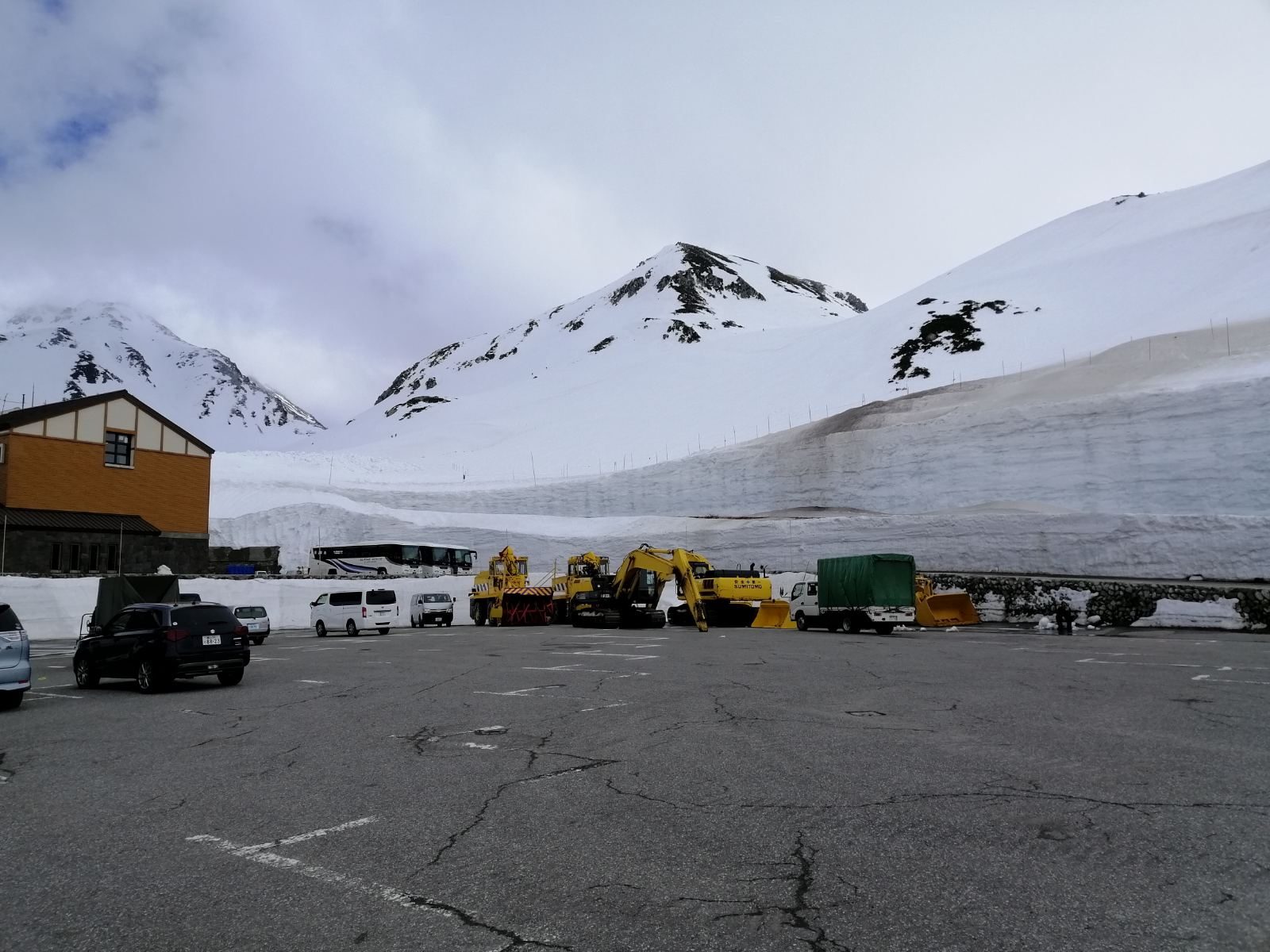
NAGANO, Japan – A famous tourist spot in the Japan Northern Alps known as the “snow corridor” reopened to the public on April 15, with local and foreign tourists flocking to experience snow even for just half a day.
The Tateyama Kurobe Alpine Route in Chubu Sangaku National Park is open this year from April 15 to November 30, after which it closes for the winter.
Tour operators have made this destination famous by showing buses going through a 14-meter to 20-meter-high Yuki no Otani or “snow wall” in the Murodo Plateau of Mount Tateyama, and tourists walking along the 500-meter-long snow corridor.
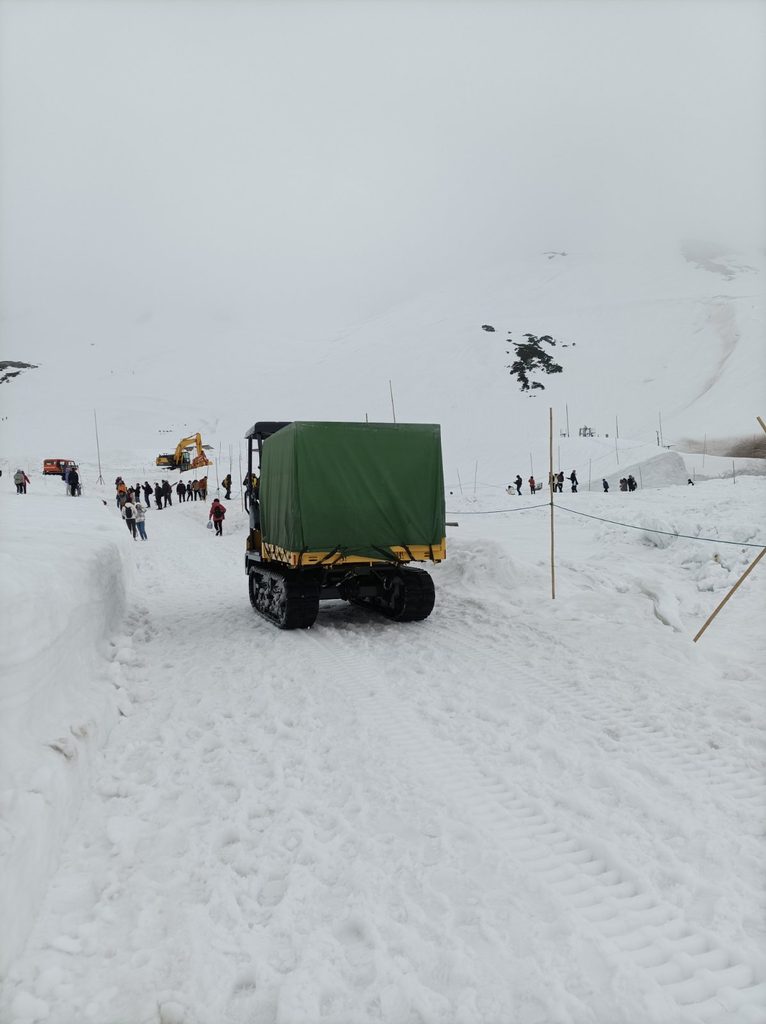
The snow corridor itself is man-made. Mount Tateyama, whose peak is at 3,015 meters above sea level, gets heavy snowfall during winter that can accumulate up to 20-meters high, equivalent to a 10-story building. Heavy equipment is then used to create a 500-meter path through the accumulated snow.
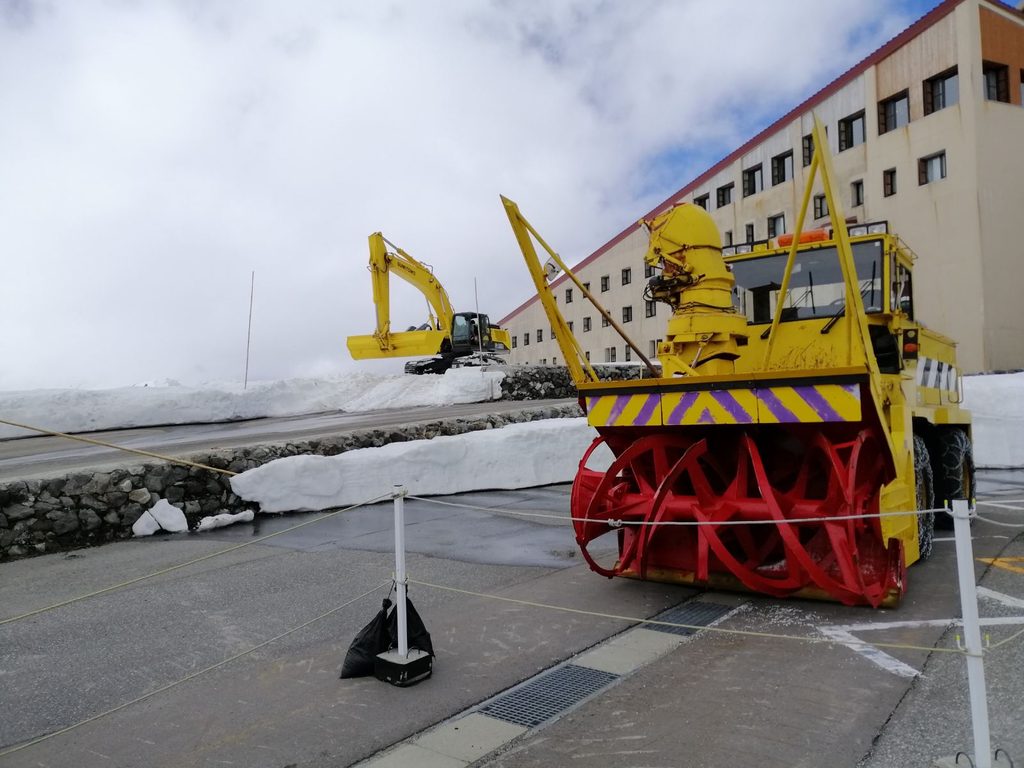
The snow wall is best experienced from mid-April to mid-June. After June, the snow walls become shorter, and disappears by around July. Snow starts to fall again by October.
The mountain range is also open during summer and autumn. It gets the most number of tourists from April to June, and the least number of tourists in October.
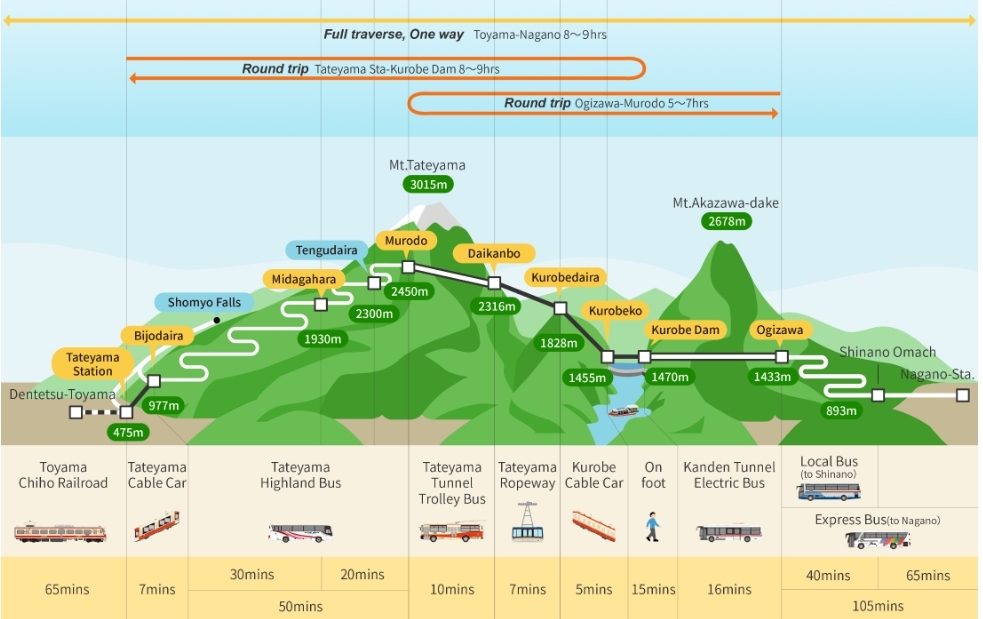
The starting point for the snow corridor is either from Toyama Prefecture on the east side of the Tateyama Mountain Range, or from Nagano Prefecture on the west side. You’ll need around 6 to 7 hours to enjoy a round-trip from Ogizawa Station (west side) to the snow corridor in Murodo and back. One can also travel from Tateyama Station (east side) for a round-trip to Kurobe Dam and back but you’ll need 8 to 9 hours for this. It’s best to take the first bus that leaves from either side. From Nagano, the first bus leaves at 7:45 am.
Experienced travelers recommend starting from the Nagano side because Japan’s tallest dam, the picturesque Kurobe Dam, is closer from Nagano than from Toyama. You have the option of going only up to see only the dam and then turning back. There’s a Dam Rest House with a restaurant and a Dam Observation Deck at Kurobe Dam Station.
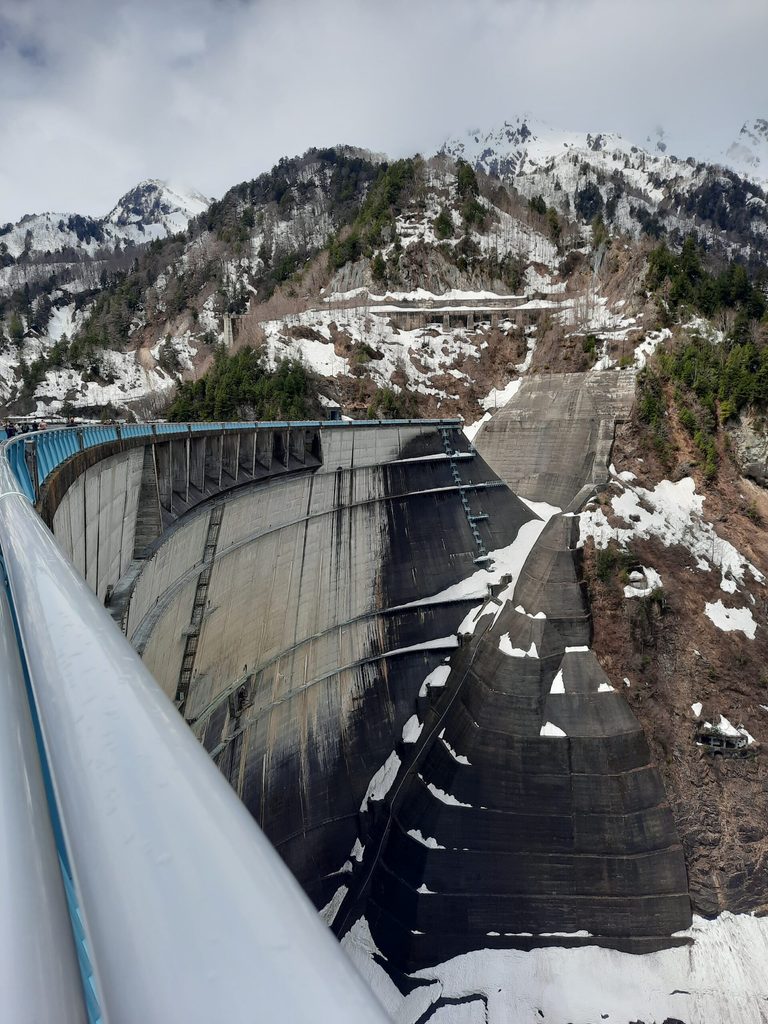
From June to November, the Kurobe Pleasure Boat “Garve” goes around Kurobe Dam for 30 minutes from 10 am to 3 pm. This is Japan’s highest altitude cruise ship at 1,500 meters. It starts from the Kurobeko Station of Kurobe Dam.

A round-trip ticket from Ogizawa Station to the snow corridor in Murodo and back costs 12,300 yen or around P4,500 per person.
If you want to stay at the top for more than a day, there’s Hotel Tateyama located 2,450 meters above sea level. It is reportedly the highest hotel in Japan.
One night at the hotel during the peak season is pricey, however, at around P17,000 per night or around $300, depending on the type of room you choose. The hotel only has 81 rooms. Those who stay usually go skiing and some even go camping.
Further down from Hotel Tateyama on the east side is Midagahara Hotel at 1,930 meters above sea level.
Mount Tateyama is said to be the second-most-photographed mountain in Japan next to Mount Fuji.
Stages to Japan Alps
Here are the stages of going to the Japan Northern Alps from Nagano.
1st stage: Highway Express Bus from Nagano Station to Ogizawa Station. Time: 1 hour and 40 minutes. Cost: P1,377 per person.
When the bus stops at Ogizawa Station, purchase a round-trip ticket (Ogizawa-Murodo-Ogizawa) which costs 12,300 yen or around P4,500 per person. You don’t have to pay anything more after this, unless you change your mind and decide to go on to the other end at Tateyama Station.
2nd stage: Kanden Tunnel Electric Bus to Kurobe Dam. Time: 16 minutes.
Visitors have the option of going only up to Kurobe Dam and then back to Ogizawa Station. The round-trip ticket for this costs 3,200 yen or around P1,200.
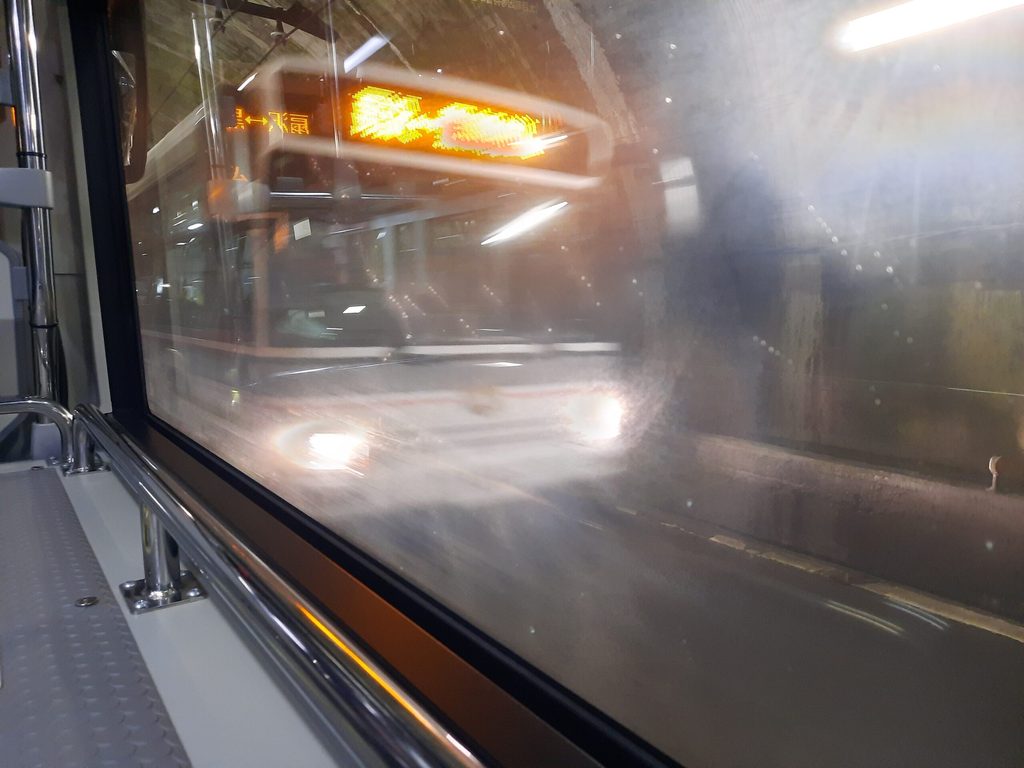
Kurobe Dam
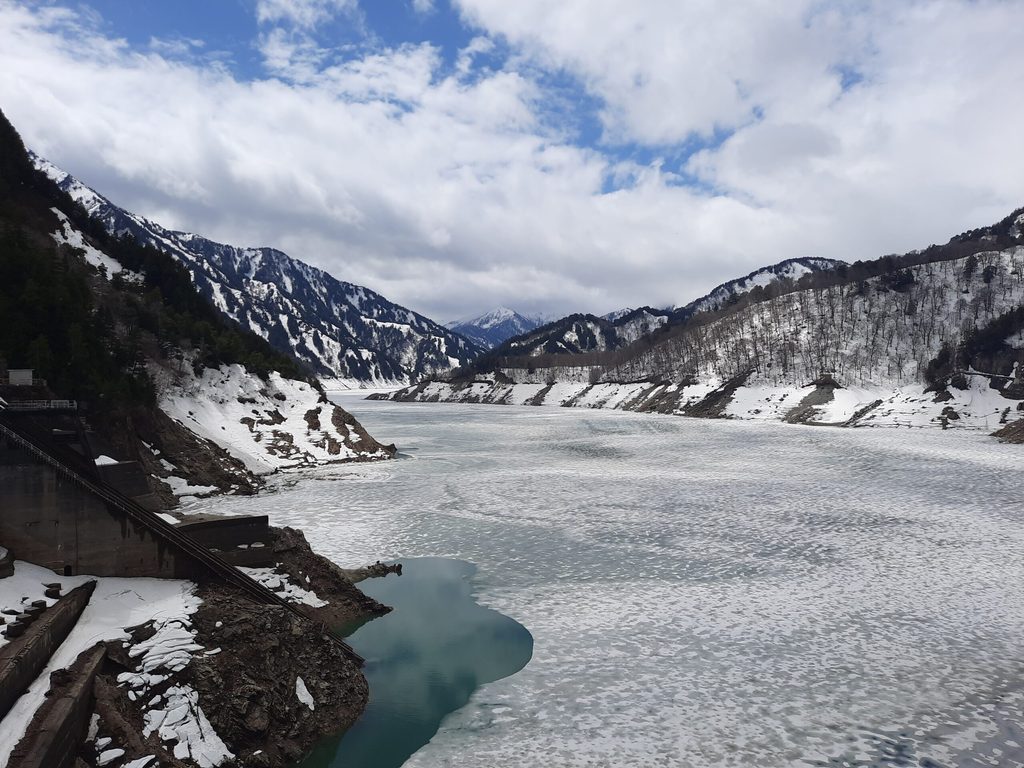
3rd stage: Kurobe Cable Car. Time: 5 minutes
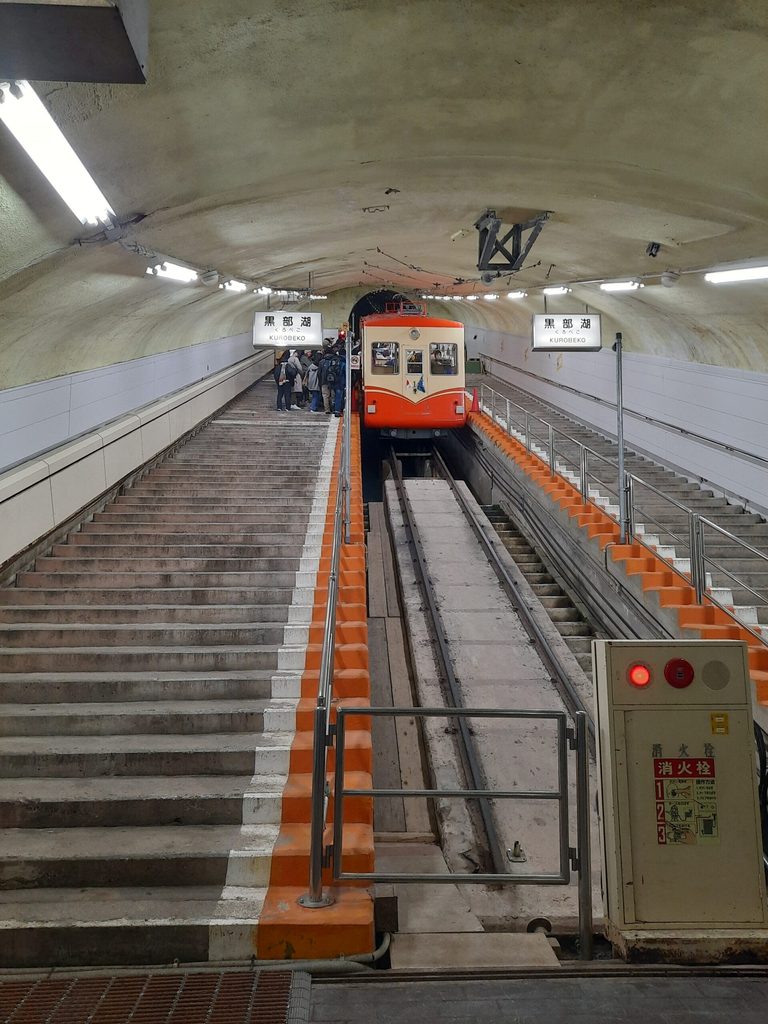
Another advantage of going from the Nagano side is the experience of taking the Kurobe Cable Car. It’s the only cable car in Japan that runs through a tunnel for the whole journey. Some cable cars in other tourist spots in Japan also go through tunnels but not for the entire journey. It takes only 5 minutes to go through the 800-meter-tunnel.
4th stage: Tateyama Ropeway. Time: 7 minutes
The Tateyama Ropeway was built without pylons in order to preserve the environment. This also allows visitors to have a full view of the snow and the mountains. The ropeway is 1.7 kilometers long and it takes 7 minutes to get to the next station.
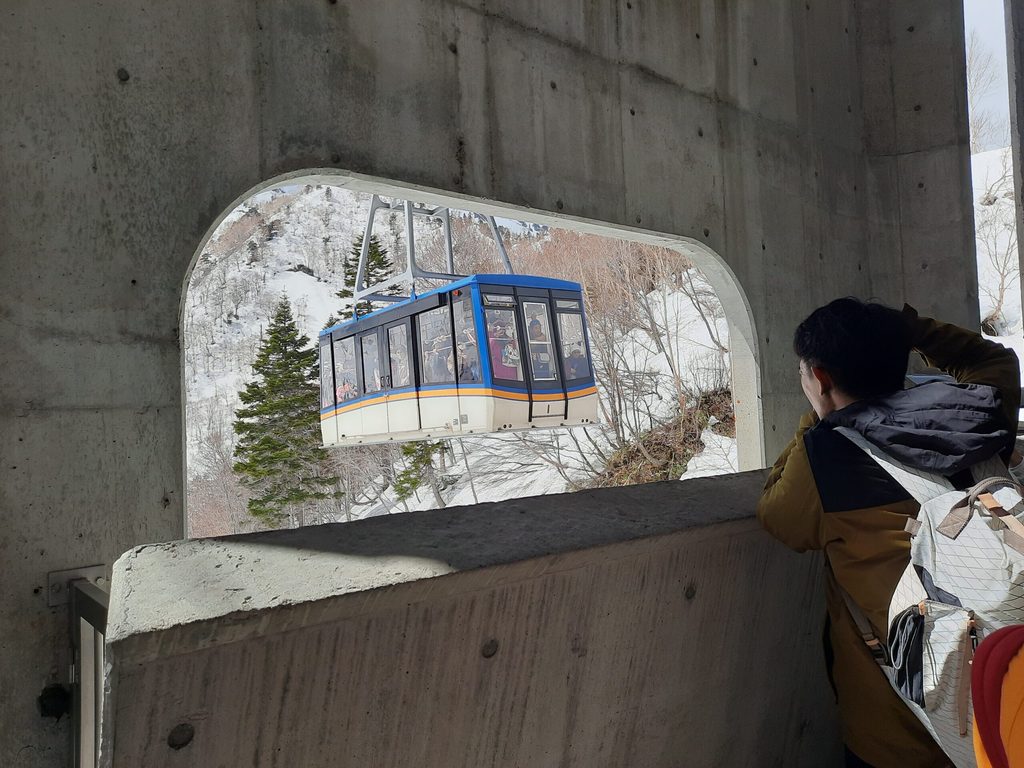
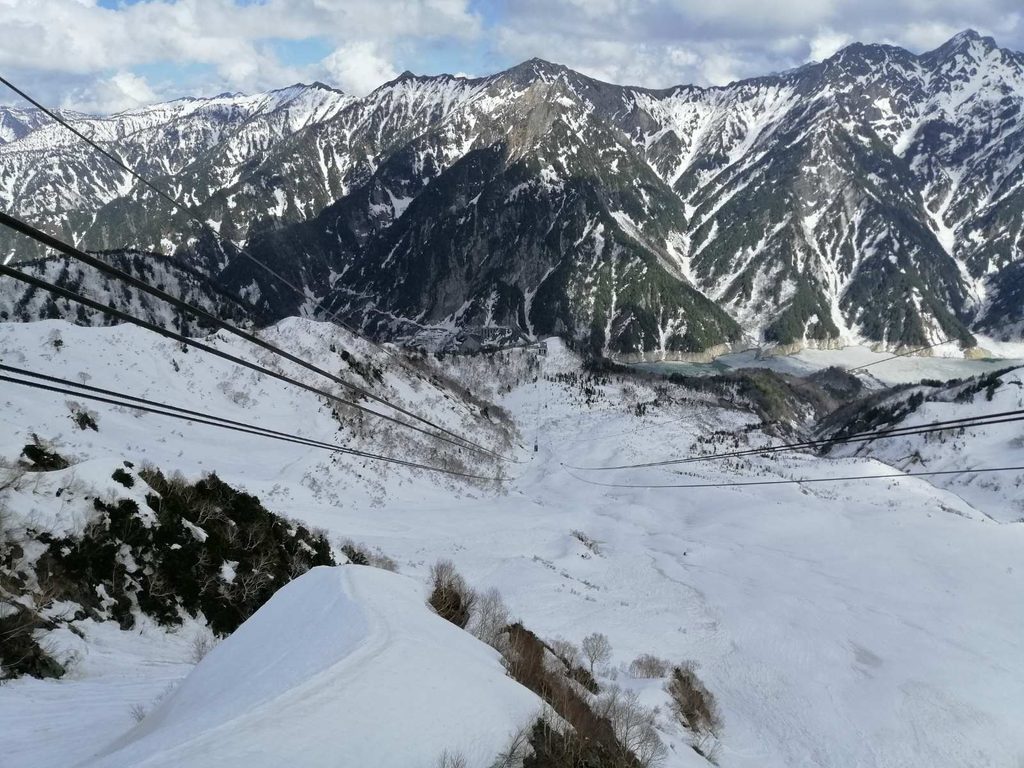
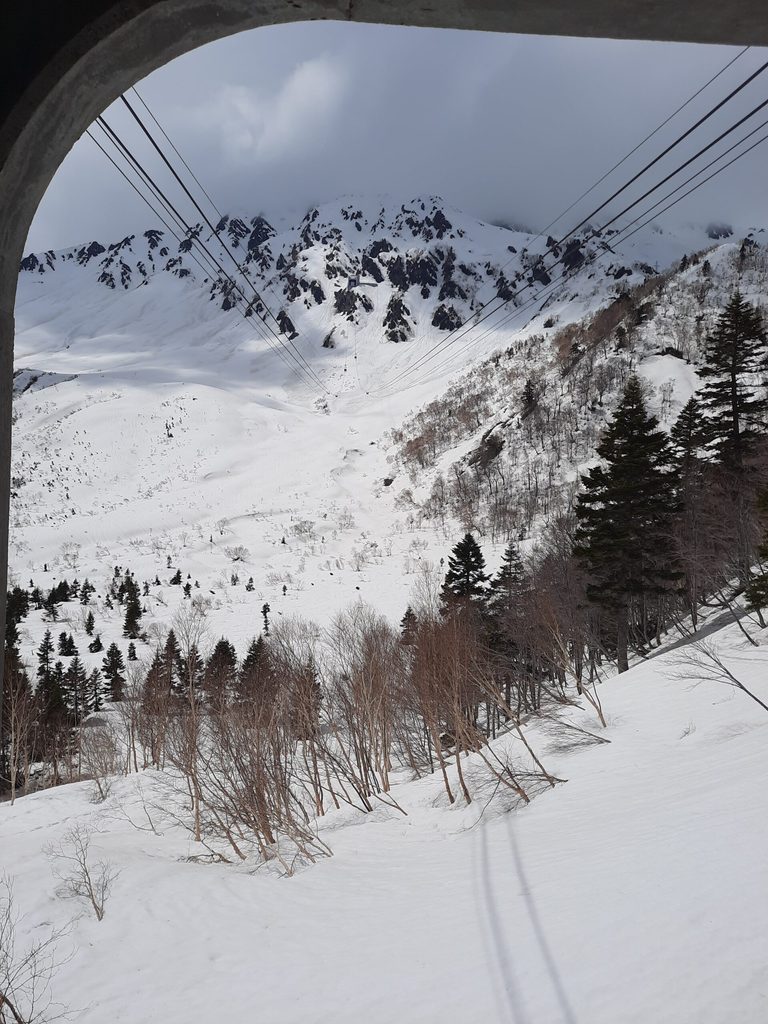
5th stage: Tateyama Tunnel Trolley Bus. Time: 10 minutes
The Tateyama Tunnel Trolley Bus is the last ride to Murodo where the snow corridor is. This 3.7-kilometer ride through a tunnel takes 10 minutes. The trolley buses, which started in 1996, will be replaced by modern electric buses, according to Japanese broadsheet Asahi Shimbun. This year is thus the last time to ride on these trolley buses. These trolley buses are also called “trackless trains” and are part of Japan’s train system even though they’re technically not trains. Watch how the buses run in this video below.

This is the highest trolley bus in Japan at 2,450 meters elevation. It is powered by electricity from overhead wires.
Snow Corridor
The Snow Wall or “Yuki-no-Otani” Road is where tourists walk and have photos taken with the wall behind them.
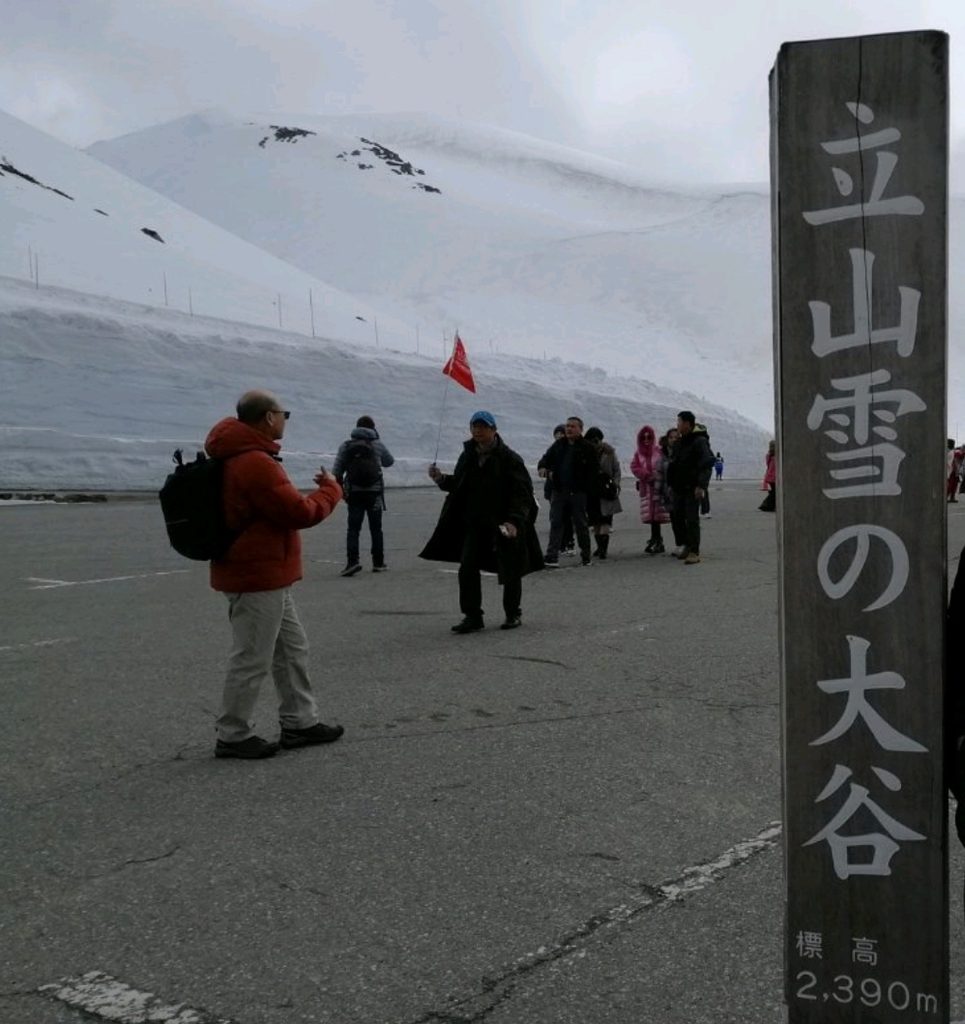
Another scenic spot is the Panorama Road beside Hotel Tateyama, and there’s a Tateyama Nature Conservation Center that exhibits rare species, such as the ptarmigan bird, and gives information about the area.
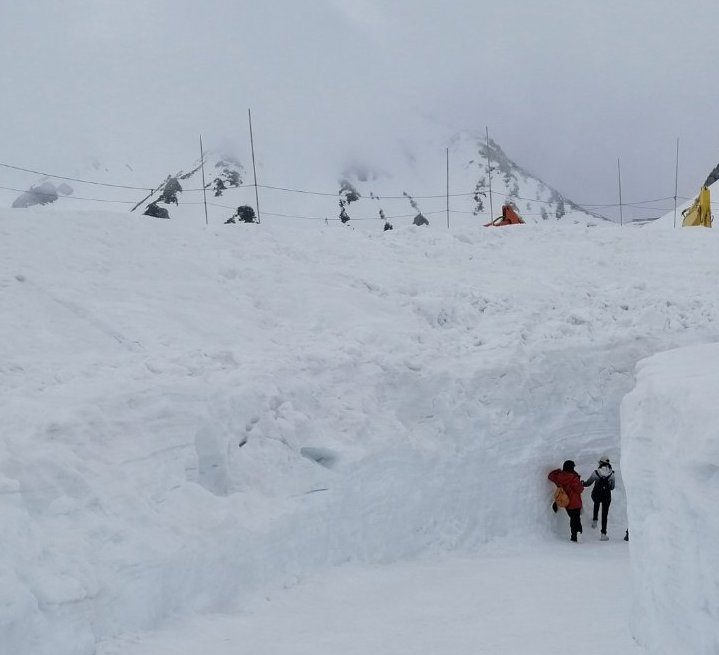
If you go during summer (July to August), and autumn (September to October), there are many things to do such as bird watching, forest bathing with 1,000-year-old cedar and beech trees, looking at flowers and foliage, among others.
There’s a wetland in Midagahara at an altitude of 1,930 meters, and the Mikurigaike Pond, the largest volcanic lake in Mt Tateyama where the mountains are reflected on the lake’s surface.
At the Toyama side, there are two waterfalls – Shomyo Falls (350 meters) and Hannoki Falls (500 meters) – and a caldera formed by the eruption of Mount Tateyama to see.
If you’re in Tokyo, you can take the Shinkansen or bullet train to Nagano which takes an hour and 25 minutes via the Hokuriku Shinkansen. Click here for an article on Shinkansen Timetables. You then take the express bus from Nagano to Ogizawa Station.
Since the Tateyama Kurobe Alpine tour is offered by many travel agencies, expect to be with lots of people on tour groups from April to June. Japan, however, is known for being able to handle hordes of tourists well as they’re able to predict, count, and cap the number of visitors who go per day. Here is the official Tateyama Kurobe Alpine Route website.
A plane ticket from Manila to Geneva costs at least three times more than a plane ticket from Manila to cities in Japan so a Japan Alps trip is definitely cheaper than if you go to the Swiss Alps. Read the article below if you want to know more about sightseeing in Switzerland. – Rappler.com
ALSO ON RAPPLER
Add a comment
How does this make you feel?
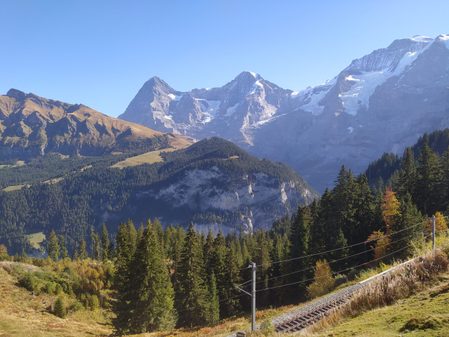







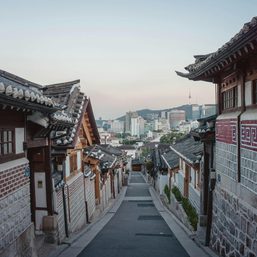

There are no comments yet. Add your comment to start the conversation.